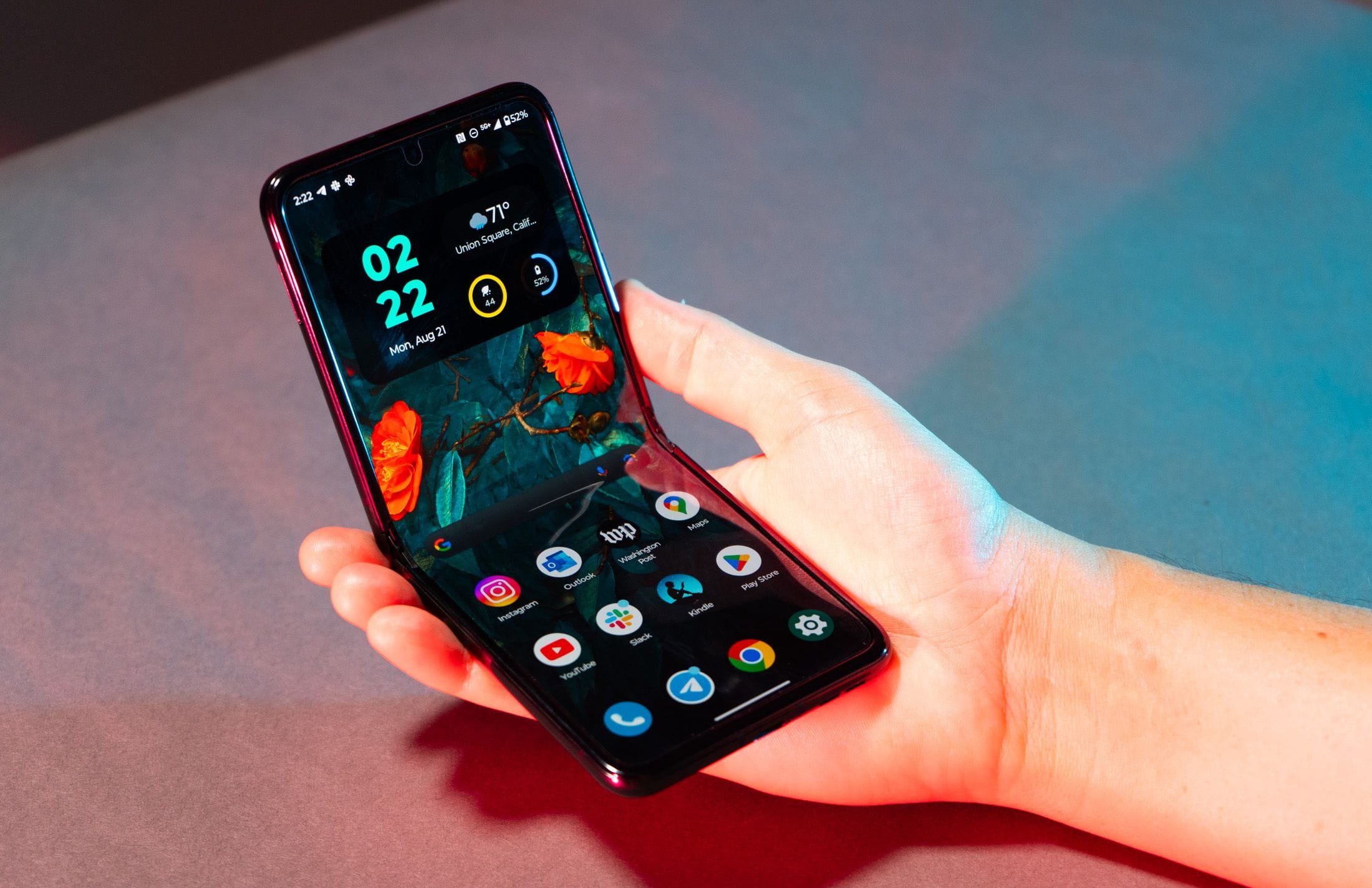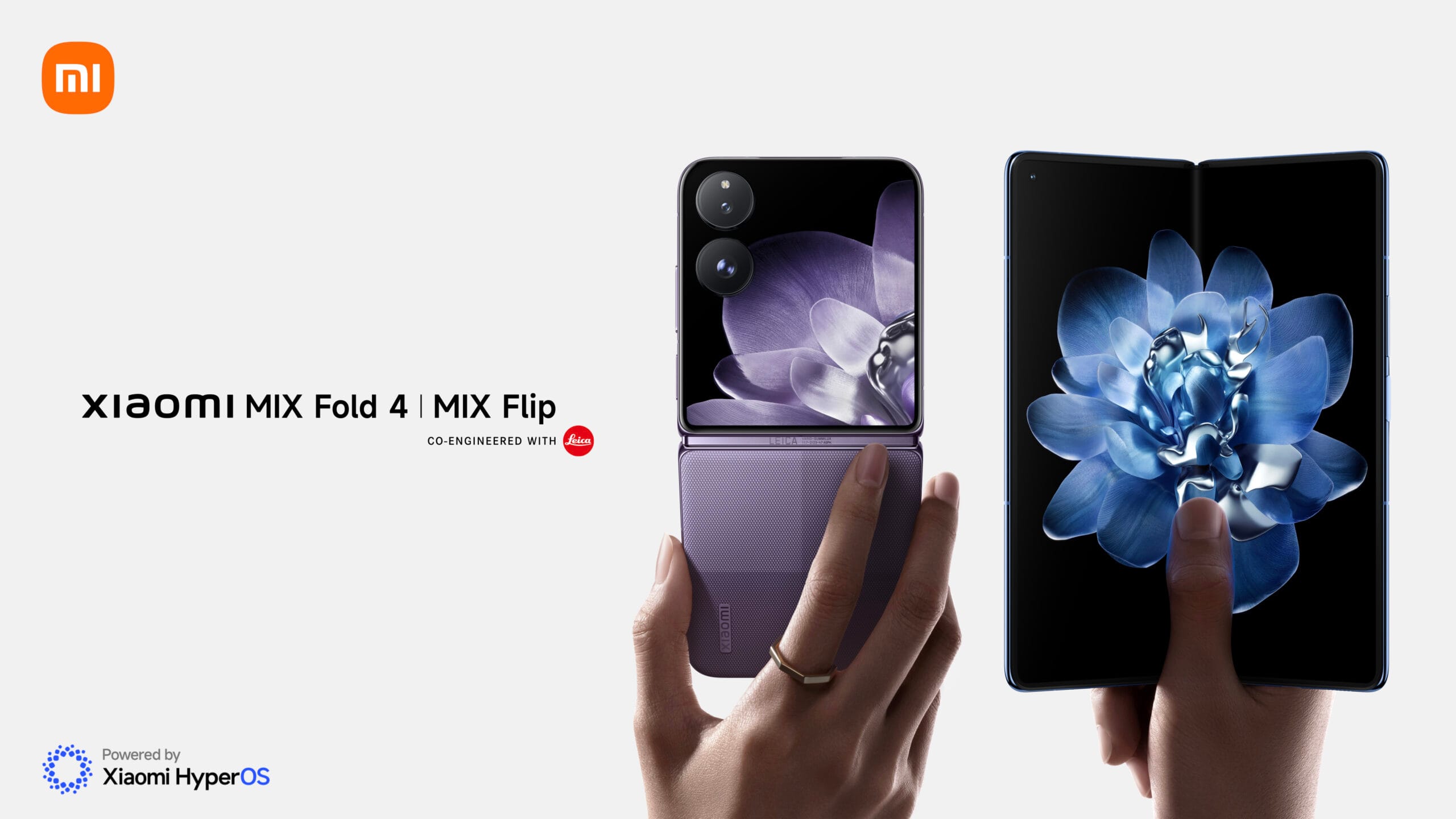 Introduction
Introduction
Foldable smartphones have emerged as a groundbreaking innovation in the mobile technology arena, combining the compactness of traditional smartphones with the expansive screen experience of tablets. As these devices gain traction, they not only reshape user interactions but also push the boundaries of design and functionality. This article delves into the evolution of foldable smartphones, the key players in the market, the technology that powers them, their advantages and disadvantages, and what the future holds.
History
The concept of foldable smartphones can be traced back to the early 2000s when various prototypes and patents were introduced. However, it wasn’t until 2019 that the first commercially available foldable smartphones entered the market. Samsung launched the Galaxy Fold, a device that featured a 7.3-inch foldable display capable of transforming into a smartphone or tablet. Despite facing initial challenges, including durability issues, this launch marked a significant milestone in mobile technology.
Following Samsung, Huawei released its Mate X, showcasing an outward-folding design, while Motorola revived the iconic Razr with a modern twist. These early models faced challenges, including high price points and durability concerns, but they laid the groundwork for future innovations in the foldable space.
Current Companies
Several key players have established themselves in the foldable smartphone market:
- Samsung:
As a pioneer, Samsung continues to lead with its Galaxy Z Fold and Z Flip series, constantly improving design, durability, and user experience.
- Huawei:
The Huawei Mate X series, known for its sleek design and high-quality displays, remains competitive despite facing regulatory challenges.
- Motorola:
The Motorola Razr combines nostalgia with modern technology, appealing to consumers looking for a unique foldable experience.
- Xiaomi:
Known for its innovative spirit, Xiaomi has introduced several prototypes, including the Mix Fold series, pushing the boundaries of foldable design.
- Oppo:
With its Find N series, Oppo has captured attention by creating compact foldable devices that focus on usability and performance.
- Google:
The company has begun investing in foldable technology, signaling its potential entry into the market with optimized software for such devices.
Technology
Foldable smartphones utilize advanced display technology, primarily OLED(Organic Light Emitting Diodes) and Flexible AMOLED screens, which allow for bending and folding without compromising image quality. The hinges used in these devices are engineered for durability, often subjected to extensive testing to ensure they can withstand thousands of folds.
These smartphones typically run on cutting-edge processors, offering high performance, and incorporate software optimizations that enhance multitasking and user interaction,such as split-screen capabilities and app continuity.
New Attempts
Manufacturers are continually experimenting with new designs and functionalities. For example, Samsung’s recent iterations of the Galaxy Z Fold and Z Flip have introduced enhanced hinge technology and improved display durability. Other companies, like ASUSand TCL, are exploring various foldable designs, including tri-fold and rollable screens.
Moreover, Googleis also rumored to be developing its foldable smartphone, potentially optimizing Android for such devices and expanding the app ecosystem to better support foldable form factors.
Benefits
- Larger Display:
Foldable smartphones provide a larger screen experience in a compact form factor, ideal for multitasking and media consumption. - Versatility:
The ability to switch between smartphone and tablet modes offers flexibility for different tasks and use cases. - Portability:
Users can carry a device that combines the functionalities of multiple gadgets, reducing the need for separate devices. - Enhanced Productivity:
Features like split-screen capabilities and improved multitaskingcater to users who require efficiency on the go.
Disadvantages
- Durability Concerns:
Early models faced criticism for fragile displays and hinges, raising concerns about long-term use. - Price Point:
Foldable smartphones are generally more expensive than traditional smartphones, making them less accessible to a broader audience. - App Compatibility:
Not all apps are optimized for foldable displays, which can lead to inconsistent user experiences. - Thickness:
Foldable devices can be bulkier and heavier than standard smartphones, affecting portability.
Future Vision
The future of foldable smartphones appears promising, with ongoing advancements in technology. Manufacturers are likely to focus on improving durability, reducing costs, and enhancing user experiences. Innovations such as 5G connectivity, AI integration, and eco-friendly materials may further enrich the functionality and appeal of foldable devices.
As foldable technology matures, the trend towards sustainability could lead to the development of gadgets that are not only innovative but also environmentally responsible.
Conclusion
Foldable smartphones represent a significant evolution in mobile technology, offering a glimpse into a future where devices are more versatile and user-friendly. While challenges remain, the continued advancements in design and functionality suggest that foldable smartphones are here to stay. As manufacturers refine their offerings and address durability and price concerns, these innovative devices are poised to become a mainstream choice for consumers, reshaping how we interact with technology in our daily lives. The journey of foldable smartphones is just beginning, and their potential to redefine the mobile experience is immense.






